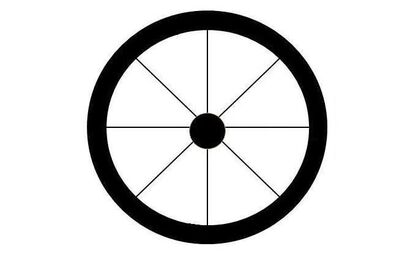|
This is a subject that seems to crop up on Twitter discussions at least once a week. I figured that if I do a detailed Blog on the issues, then I can send out a link every time someone asks me the same question as I have responded to 300 times before !!
Don’t take that seriously. I am always very willing to take questions from people and it actually helps everybody because lots of ideas and approaches come out in our discussions and many, many Readers and Twitter People have exactly the same issues. So please keep the questions coming and I promise I will not just send you a link to this Blog !! I scribbled out a Plan on A4 Paper with regard to what I need to cover in this Blog, but to be honest I am not totally sure how to structure it. I think in very simple terms I will go through a list of the Factors to Consider when deciding on how many Stocks to hold and then I will do a sort of Conclusion which has suggested numbers of Stocks for people of varying needs. That probably makes no sense at the moment, but hopefully it will all come out ok by the time we all reach the end of this Blog.
Factors to Consider when making the ‘Number of Positions’ decision
Conclusion So, that is a list of the Factors you need to consider when deciding on how many Stocks you want in your Portfolio and of course this number can change and evolve as you refine your Approach and chosen Methods over many years. Here are some possibilities for how many Stocks to hold, based on my Experience and Approach:
To an extent, it is really about holding as many Stocks as you feel ‘comfortable’ with - it is a very personal thing and there is no Right or Wrong answer. As I mentioned earlier in the Blog, it is probably better to have too many Stocks when you are a New Investor as this gives you more opportunity to learn and as time goes on, you can cut down the number of holdings if you feel that will improve your Results - and if that experiment fails, you can go back to more Stocks. I hope that gets you thinking - it is a much more complicated Subject than most people appreciate. dziekuje za przeczytanie, wd
5 Comments
John Cannadine
20/6/2015 11:08:21 am
Hi WD
Reply
WheelieDealer
24/6/2015 03:14:39 pm
Hi John, yes, great to chat to you the other day on Twitter and hopefully other Followers got something out of the points covered as well. Thanks for taking time to respond to my Blog - again, it certainly helps to get various views - not much in Investing has One Correct Answer - there are many ways to skin the Moggy !!
Reply
Daniel Victor
22/6/2015 06:54:37 am
The problem I find is that the best value is often in small caps -but they are illiquid so I daren't buy too many shares of any one for fear of being unable to sell when I want to.That leads me to hold lots of different shares.If I do find a larger cap that I like a may buy a few more,but not too many as I don't want a few holdings to dominate my portfolio.
Reply
WheelieDealer
24/6/2015 03:29:17 pm
Hi Daniel - thanks for taking the time to comment.
Reply
Daniel Victor
24/6/2015 06:28:13 pm
A while back I got involved with a broker who got me involved in resource stocks.Some of them turned in big profits,but the losers dwindled to nothing.Eventually,I got into the habit of spotting when things were unlikely to turn around,and cutting my losses.
Reply
Leave a Reply. |
'Educational' WheelieBlogsWelcome to my Educational Blog Page - I have another 'Stocks & Markets' Blog Page which you can access via a Button on the top of the Homepage. Archives
May 2024
Categories
All
Please see the Full Range of Book Ideas in Wheelie's Bookshop.
|


